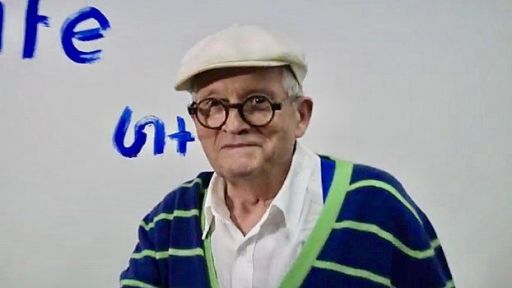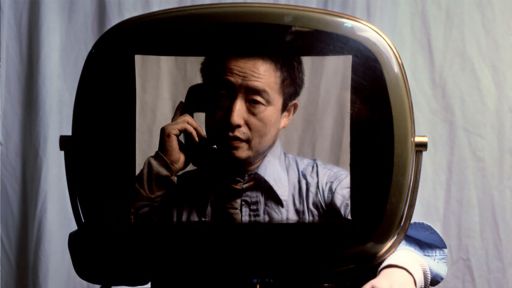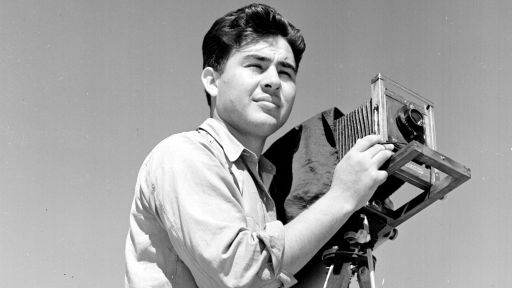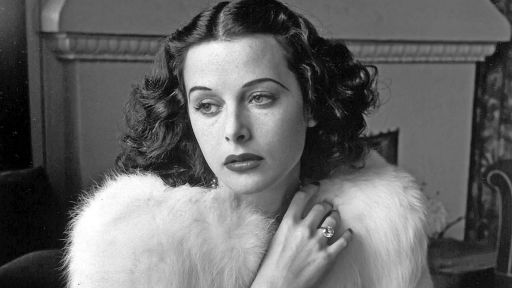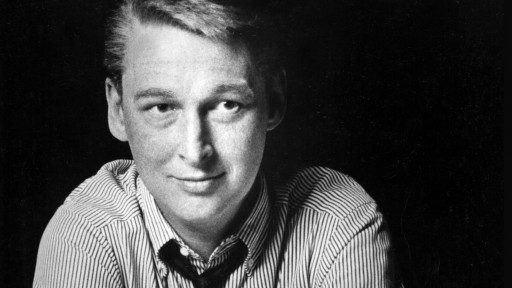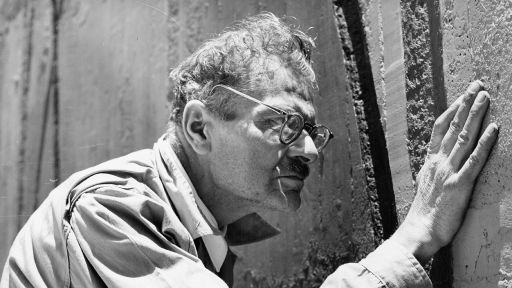Over the years, Maryte Kavaliauskas has co-produced films on numerous artists, including Roy Lichtenstein, Frank Stella and Joan Mitchell. Now, she’s turning her eye to another renowned artist with AMERICAN MASTERS David Hockney: The Colors of Music. Below, she answers some questions about the film.
Q: What makes David Hockney an American Master?
A: Susan Lacy, the creator and executive producer of the AMERICAN MASTERS series, has always included adopted Americans, as well as native-born Americans in the series. The list of these great masters who adopted America includes Charlie Chaplin, William Wyler, Robert Capa, Balanchine, Alfred Hitchcock, and Samuel Goldwyn. And now David Hockney joins this illustrious group. British-born, Hockney may well be the world’s most famous living artist, but as a young man he chose to adopt America because of his love of Southern California, with its sun-struck hedonism and emerging sexual freedoms. So persuasive was his embrace of Los Angeles that within a few years his paintings of lawn sprinklers, swimming pools and palm trees became part of everybody’s mental picture of the California landscape. His palette took on a Southern California luminosity that is evident not only in his paintings, but especially in his dazzling opera set designs. He is a giant among artists.
Q: What was the genesis of the film?
A: In 1991, we were working on a series of short films about printmaking at Tyler Graphics. David Hockney was one of the artists working there. At the same time, he was also working on three different opera productions: a revival of Parade in Paris, a new Turandot in Chicago and a planned Die Frau ohne Schatten in London. It seemed that he could only talk about these operas. When he showed us his stunning set designs, we were immediately amazed and intrigued by their originality, but it was his enthusiasm and passion for the operas themselves that convinced us to do a film. We not only had a charming and witty subject, but also extraordinary visuals and gorgeous music to enhance a film. We asked David if we could come and film him in his studio in Los Angeles. He said yes and we were on an airplane to Los Angeles in just a few days. That was the beginning.
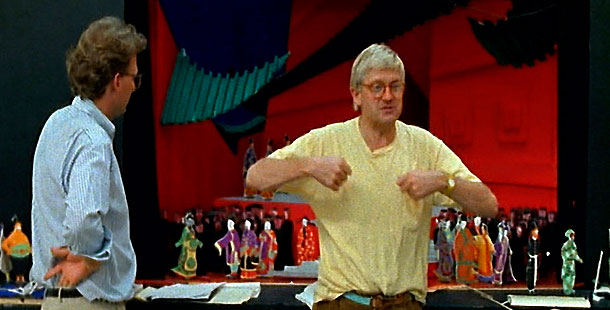 Q: Filming took place in the early 1990s as Hockney was losing his hearing. Please explain the delay in releasing the film.
Q: Filming took place in the early 1990s as Hockney was losing his hearing. Please explain the delay in releasing the film.
A: We started to film in 1991 in order to document the opera work that Hockney was doing while he was losing his hearing. We actually ran out of money before we could finish filming all the sequences we had in mind. It took us a good 10 years to get the post-production financing from ARTE [Association Relative à la Télévision Européenne] in Europe. Only then could we finish the film.
Q: What made Hockney’s opera sets so unique?
A: There are a few reasons. He spent up to a year designing each opera. He listened to the opera while he drove through some incredible landscapes, like the Grand Canyon. He listened to the music over and over before he even began to design. This process led to these incredibly intense set designs. Most opera set designers can’t afford to spend as much time on each opera.
Q: What did you learn about him that was most surprising?
A: Hockney has a child’s curiosity and enthusiasm that is always a delight to see. He is always looking at the world in a new way. He inspires everyone around him with his keen artistic intelligence.
Q: Do you have a favorite opera set?
A: My favorite opera of Hockney’s is Tristan and Isolde. The sets are monumental, much like sculpture with the enhancement of scale, perspective, lighting, and color.
Q: It appears as if Hockney is greatly inspired by his environment. How did you translate that into film?
A: We filmed Hockney driving through different landscapes and then inserted his paintings off and on. We did the same with a train ride, where you see landscapes out the window that then alternate with his paintings. You see the landscapes merging with his paintings. We used this as a leitmotiv throughout the film.
Q: How much has his hearing loss impacted his life and career?
A: Hockney’s hearing loss mostly affected his work in opera. When he could no longer hear the music well enough, he stopped creating opera sets. However, he continued to paint without restraint. He creates and lives a life full of passion.

